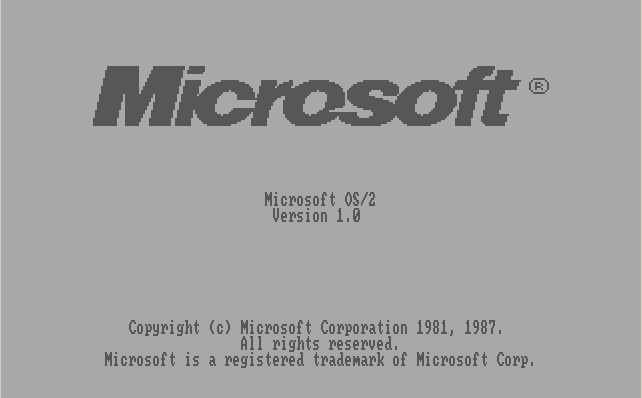Banana Pi started as a fork (well, sort off) of the Raspberry Pi project, using different components while maintaining compatibility as much as possible. Wikipedia says: "Banana Pi has no direct relationship to the Raspberry Pi Foundation, though its similarities are clear. "Linux user & Developer" does not consider it a "direct clone, but a considerable evolution," whilst linux.com similarly sees it as a clone with improved performance. The board layout is very similar to the Raspberry PI board, though it's about 10% larger and the relative spacing of some connectors varies. Not all Raspberry Pi accessories will fit as a result."
Where lies the difference with the Raspberry Pi?
- The main SoC chip: An Allwinner ARM Cortex-A7 dual core, while the Raspberry Pi uses a Broadcom ARM11.
The Banana Pi has more features, enabled by the ARMv7 architecture, but is still compatible to run applications designed for the ARMv6. The Banana Pi will perform better than the Raspberry Pi on most tasks.- The physical dimensions of Banana Pi are bigger than those of a Raspberry Pi, so be aware!
Current boxing designed for a Raspberry Pi is not big enough to fit a Banana Pi.- The Banana Pi has more hardware components. For example, the Banana Pi has an on-board microphone, an internal SATA2.0 connector, an IR receiver, an OTG connector, plus a power and reset switch. These components are not available on a Raspberry Pi. Other components are beefed up, compared to the Raspberry Pi, such as 1 GB RAM and Gigabit Ethernet.
- The connectors for the LCD LVDS interface and Camera interface are different. Current Raspberry Pi camera modules therefore do NOT work with a Banana Pi.
In addition, a Banana Pi may be able to connect external LVDS display, but not a Raspberry Pi since it never enabled its DSI connector (claims www.bananapi.org).
In summary, the Banana Pi currently has a smaller community size, less documentation and it will need to tune a OS distribution for their Allwinner SoC and its add-on hardware components in order to gain more popularity.
And where Raspberry improved on their original Model A with Model B and later Model B+, and designed their Model A all over again into the even tinier Model A+,
the Banana guys fell apart: the Banana Pi project has forked into two rival groups that are now pushing their own Banana Pi updates:
SinoVoip’s quad-core “Banana Pi M2,” which is announced but not yet shipping. Sadly it misses the Sata2.0 port of the original Banana Pi.
SoC – Allwinner A31s quad core Cortex A7 @ 1.0 GHz with PowerVR SGX544MP2 GPU
System Memory – 1GB DDR3
Storage – Micro SD slot up to 64GB
Connectivity – 10/100/1000 Ethernet, 802.11 b/g/n Wi-Fi (Realtek)
Video Output – HDMI, CVBS, and LVDS/RGB header
Audio Output – HDMI and 3.5mm stereo jack
Camera – CSI connector
USB – 2x USB 2.0 host ports + micro USB port (power only)
Debugging – UART pins for serial console
Expansion Header – 40-pin R-Pi “somewhat” compatible header with 2×13 UART, I2C bus, SPI bus, CAN bus, ADC, PWM, 3.3V, 5V, ground
Misc – IR Receiver, power, reboot and reset buttons.
Power Supply – 5V in via MicroUSB (DC in only)
Dimensions – 92x60mm (R-Pi B+: 85×56 mm)
LeMaker’s recently released “Banana Pro.”
SoC- Allwinner A20 dual core Cortex A7 processor @ 1 GHz with Mali-400MP2 GPU
System Memory – 1 GB DDR3
Storage – micro SD card slot, SATA 2.0 connector
Video output – HDMI 1.4, 3.5mm jack for composite + stereo audio (AV), and MIPI DSI connector
Audio I/O – HDMI, AV jack, and on-board microphone
Connectivity – Gigabit Ethernet (Realtek RTL8211E/D) + 802.11 b/g/n Wi-Fi (Realtek RTL8189ES)
USB – 2x USB 2.0 ports, 1x micro USB OTG, 1x micro USB for power
Debugging – 3-pin UART console
Expansion – Raspberry Pi B+ compatible headers (40-pin header), Camera connector (CSI), and LCD connector (DSI).
Misc – 3x on-board buttons for reset, power, and u-boot (FEL mode), 3x LEDs (power, Ethernet, and user), and IR receiver
Power – 5V/2A via micro USB port. AXP209 PMIC.
Dimensions – 92 x 60 mm
Weight – 45 g










 Reply With Quote
Reply With Quote








